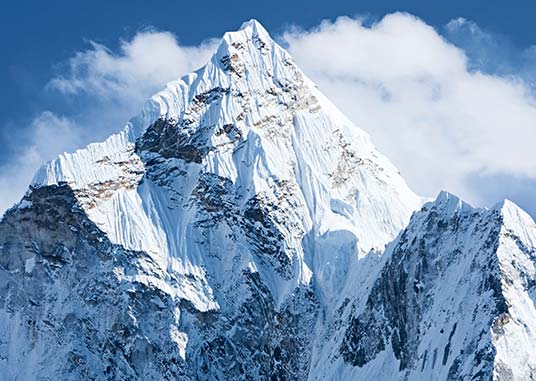Altitude training and its benefits
At the end of the 19th century, physicians employed with the effects of altitude on the human body. At various locations they researched not only the symptoms and causes of altitude sickness, but also the positive adaptive responses of the body to the lack of oxygen.
At the 1968 Olympic Games in Mexico City were then also an occasion for the sports world to deal with the topic “High”. Mexico City is located 2,240 meters above the sea level and thus provides the coaches and athletes before the special challenge of producing top performances in spite of the special conditions. The first altitude training camp have been launched and quickly became apparent that the amount of exposure affects both performance-enhancing for competitions at high altitudes as well as in the lowlands, where i belong. The idea of the altitude training was born as a means to improve performance.
What is high training?
The integration of high-altitude training in the training plan in competitive athletes has and provides not only an integral part in the formation of the basic stamina is, but is also used as a performance-enhancing measure in the immediate pre-contest. In addition, many top athletes use altitude training for a faster recovery and preservation of the condition for injuries of the musculoskeletal system. In the professional training methodology altitude training is therefore an indispensable element.
What, however, often for the world’s best athletes is just the icing on the “i”, may be for the recreational athletes the decisive contribution to increasing efficiency. In particular, runners, triathletes and cyclists benefit but also people who are overweight or restrictions of the musculoskeletal system of the numerous compensatory mechanisms of Hypoxia Trainings. Briefly: altitude training is the perfect complement for booties.
Under the artificial altitude training moderate endurance training under hypoxic environmental conditions occurs. A change in the atmospheric gas mixture while allowing the reduction of oxygen partial pressure at constant pressure conditions. The resulting lack of oxygen in the inhaled air and therefore also in the blood and tissue triggers a cascade of positive adaptive responses in the areas of respiratory, cardiovascular and muscle out. Thus, the oxygen uptake is not only improved, but also the transport of oxygen and its utilization in tissues.
With the classical training in the natural conditions by the principle Height “sleep high TRAIN high” the artificial altitude training is only marginally comparable. While a multi-week stay in the mountains, the more formation of erythrocytes is in the foreground, the training in hypoxia Lab is characterized by shorter units. The so-called “legal blood-doping” is here to be expected less. Rather is where the artificial altitude training in the active muscle cell, an increase in mitochondrial density and enzyme activity in the muscles the focus here. Say: The available oxygen can be utilized economically in the cells of the fat and carbohydrate metabolism.
Altitude training.
In addition, the training in a low oxygen environment leads to the improvement in general endurance capacity as a shortening of the regeneration times after physical activity as well as for faster rehabilitation after injury. There is increased vascular growth factor VEGF released which improves circulation and the formation of new blood vessels leads (angiogenesis). These impacts are already for a brief moment at the height measurable.
Given the large number of adjustment mechanisms, it is obvious that the altitude training benefits get not only athletes. Benefit from the numerous positive effects as those who lost their rhythm of movement and want to find back to their former state of fitness. The increased cardiovascular and metabolic activity adequate training stimuli can be set even at very moderate exercise intensities. Thus can be carried out in spite of low load on the musculoskeletal system after injury breaks, pregnancy or obesity an effective workout.
Mountain air promotes the breakdown of free radicals and supports cell regeneration. In addition, the body releases hormones serotonin and endorphin increases out. The result: emotional balance, good humor and satisfaction. About the increase in parasympathetic activity, the level of stress and a higher quality of sleep decreases is brought.
In addition, professional athletes need both in training and during the competition a clear head. The altitude training leads to better supply of the brain with oxygen and thus to an increase in the ability to concentrate.